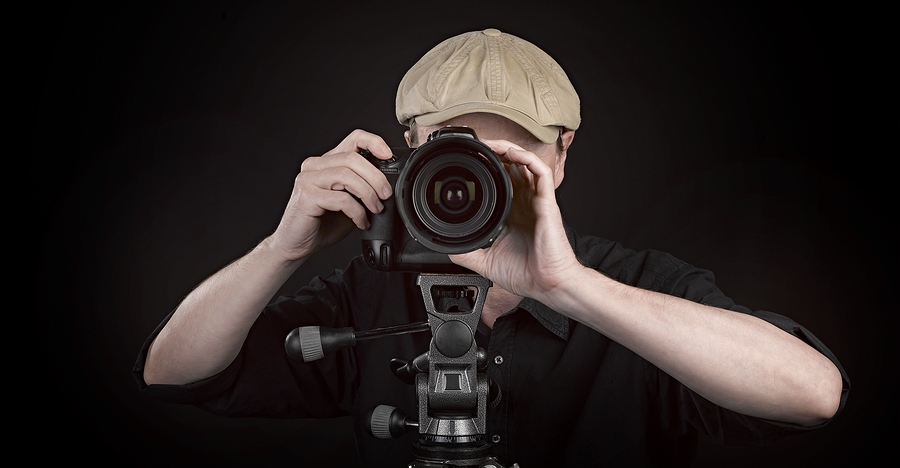This article over at Popular Photography takes a closer look at professional portrait photographer Gregory Heisler.
I’m a big fan of his work and it was interesting to find out about his methods to make a portrait work. What I personally took from this is how he likes to compose the shot first and then add in the person. That’s also one of the reasons he likes using a tripod even though most portrait photographers these days prefer to hand hold their camera.
What can you do with a subject that clearly feels uncomfortable? Are there any techniques you use to help them loosen up?
I try to tell them exactly what to expect. That puts them at ease right away. They come in not knowing how long it’s going to take and they’re worried that it’s going to be uncomfortable. For them, it can be like going to the dentist. If the dentist tells you that you’ll only feel a pinch and how long it’s going to take, you’re put at ease a little bit. I paint a pretty clear picture about what the shoot is going to be like and tell them what I’m aiming for. They usually relax quite a bit.
What kind of directions do you give on set? Are you throwing out vague suggestions or specific poses?
It varies tremendously. Sometimes it’s non-verbal. I use mirroring, so if I want them to cross their arms, I’ll just fold my arms. There are a lot of non-verbal cues like that. Sometimes I’ll suggest something and then their body language will develop it into something else. For other people, though, you have to say things like “Can you move your left eyebrow up a quarter of an inch?” [laughs]. For them, it’s a mechanical process. You have to be really specific.
Getting over that awkwardness of posing people really can be one of the most challenging things about portrait photography.
If worse comes to worst, one little piece of advice I can give, is to tell your subject that he or she needs to move every time you click the shutter. I don’t care what they do. There might be 25 horrible pictures before you get a good one. Then when you find something you like, just tell them to stop. Let them settle into it. If they don’t move around, you’ll never get the opportunity to see the thing that works.
It seems like fewer and fewer portrait shooters are using tripods. What is it about that setup you like so much?
There are a bunch of reasons. I like standing next to the camera so I can talk to the person, but there’s also the matter of sharpness and preventing camera shake. The camera can shoot at higher ISOs, but I pretty much never shoot at anything above the native ISO. It’s about picture quality.
It’s also about composition. The way I shoot my portraits a lot is by figuring out my frame, then putting the subject in there. A lot of what people consider portraits to me aren’t portraits. It’s not like shooting a canvas shot with a 180mm lens. That’s not a portrait. It’s a picture of a person, but it’s not a portrait.
A portrait to me is much more figured out and collaborative. I’m actually figuring out my frame very carefully on the tripod, and then the subject comes in and they become a part of this frame that already exists.
We also have a video for you, where Greg Heisler gives more advice to photographers who want to get better at what they’re doing.
GO TO THE NEXT PAGE FOR THE VIDEO
Read the full interview over at Popular Photography.
Source: Popular Photography

